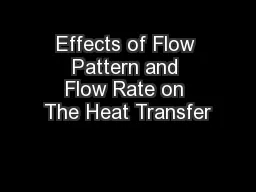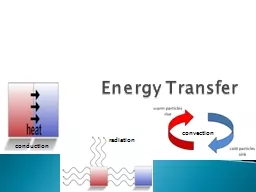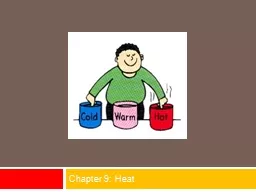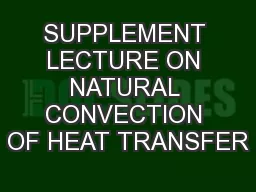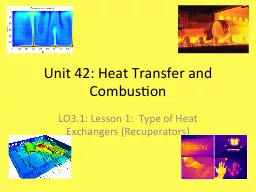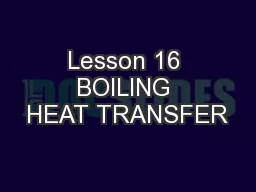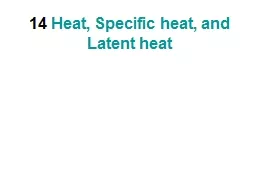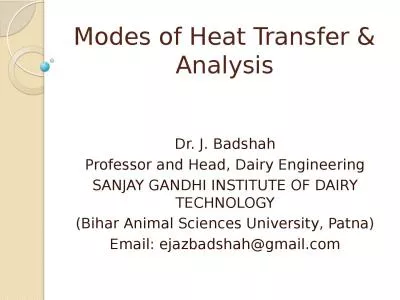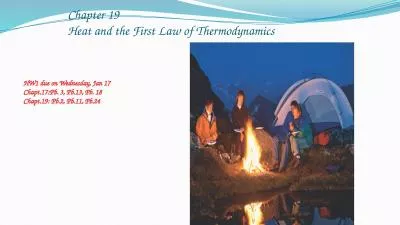PPT-Heat and Phase Change What affects heat transfer?
Author : sherrill-nordquist | Published Date : 2018-03-13
The material conductor or insulator Area Ex a bigger window vs a smaller one Thickness Ex heat escapes a thinner styrofoam cup than a thicker one Heat and State
Presentation Embed Code
Download Presentation
Download Presentation The PPT/PDF document "Heat and Phase Change What affects heat ..." is the property of its rightful owner. Permission is granted to download and print the materials on this website for personal, non-commercial use only, and to display it on your personal computer provided you do not modify the materials and that you retain all copyright notices contained in the materials. By downloading content from our website, you accept the terms of this agreement.
Heat and Phase Change What affects heat transfer?: Transcript
Download Rules Of Document
"Heat and Phase Change What affects heat transfer?"The content belongs to its owner. You may download and print it for personal use, without modification, and keep all copyright notices. By downloading, you agree to these terms.
Related Documents




